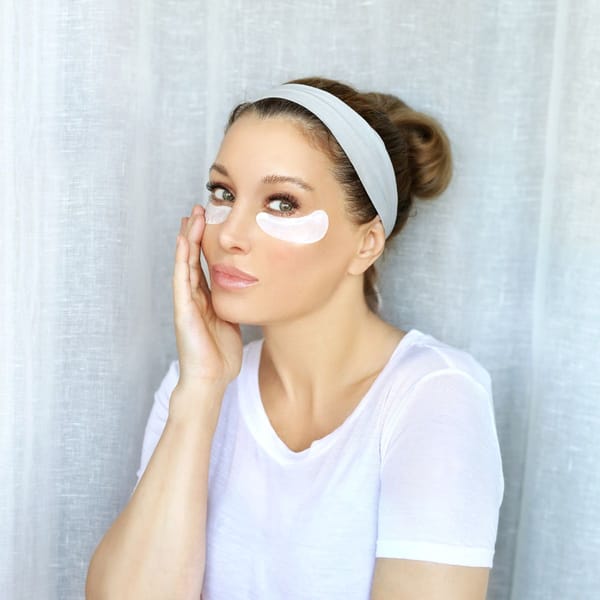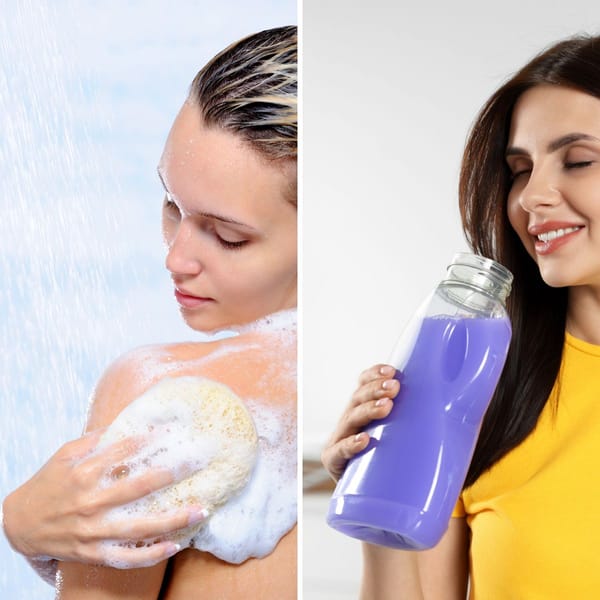Curly hair is a beautiful, natural expression of individuality and style. However, it requires a unique approach to care and maintenance, especially when it comes to shampooing. This comprehensive guide will explore the best shampooing techniques for curly hair, ensuring your curls stay healthy, bouncy, and beautiful.
Key Takeaways:
- Discover the most effective shampooing techniques tailored for curly hair.
- Learn how to maintain natural oils while thoroughly cleansing the scalp and hair.
- Understand the importance of choosing the right products to enhance and define your curls.
Understanding Curly Hair and Its Needs
Curly hair is distinct from other hair types due to its unique structure. The hair shaft twists and turns, creating a curl pattern that can range from loose waves to tight coils. This structure makes it more prone to dryness as natural oils from the scalp have a harder time traveling down the hair shaft. Therefore, the right shampooing technique is crucial to maintain the health and appearance of curly hair.
The Role of Natural Oils in Curly Hair Care
Natural oils are your curly hair's best friend. They provide moisture, protect the hair cuticle, and keep frizz at bay. Preserving these oils while shampooing is essential. Over-washing or using harsh shampoos can strip these oils, leaving your curls dry and prone to breakage. A sulfate-free shampoo is often recommended for curly hair as it cleanses without removing too much of the hair's natural moisture.
Selecting the Right Shampoo for Your Curls
Choosing the right shampoo is the first step in a successful curly hair care routine. Look for products specifically designed for curly hair types, which are typically gentler and more hydrating. Sulfate-free shampoos and cleansing conditioners are popular choices within the natural hair community for their ability to clean without stripping away moisture.
The Curly Girl Method: A Revolutionary Approach
The Curly Girl Method has become a cornerstone in the curly hair community. This method emphasizes the use of gentle, sulfate-free shampoos or co-washing (using conditioner to wash the hair), avoiding heat styling, and using styling products that are free from silicones, alcohols, and other harsh chemicals. It's a holistic approach to maintaining natural curls in their healthiest state.
Pre-Shampoo Treatments for Curly Hair
Before you even reach for your shampoo, consider a pre-shampoo treatment. This can involve applying oils or a deep conditioner to the hair before washing. This step helps to protect the hair cuticle, adds moisture, and makes detangling easier. It's a great way to ensure your curls are primed for the cleansing process.
The Best Way to Wet Curly Hair
When it's time to wet your hair, do so with lukewarm water. Hot water can be harsh on the hair cuticle, while cold water may not effectively remove buildup. Soaking wet hair is more pliable and less prone to breakage, making it easier to distribute shampoo and conditioner evenly throughout your curls.
How to Apply Shampoo to Curly Hair
When shampooing curly hair, focus on the scalp. Gently massage the shampoo into the scalp with your fingertips to remove buildup without disrupting the natural curl pattern. Avoid rough scrubbing, as this can cause frizz and damage the hair cuticle. Rinse thoroughly to ensure all shampoo is removed from the scalp and hair.
The Art of Conditioning Curly Hair
Conditioning is a non-negotiable step in the curly hair-washing routine. After shampooing, apply a generous amount of conditioner, focusing on the mid-lengths and ends where the hair is the driest. Use a wide-tooth comb or your fingers to gently distribute the conditioner and detangle the hair. This helps to define curls and add moisture.
Techniques for Rinsing Curly Hair
Rinsing curly hair requires a gentle touch. Use lukewarm water to rinse out the conditioner, and consider leaving a small amount in the hair as a leave-in treatment. This can provide extra hydration and help define the curls. Be sure to rinse the scalp thoroughly to prevent buildup.
Drying Curly Hair the Right Way
After washing, avoid rough towel drying as it can disrupt the curl pattern and cause frizz. Instead, use a soft cotton t-shirt or a microfiber towel to cup and squeeze excess water from the hair gently. This method reduces frizz and helps maintain the natural shape of your curls.
The Benefits of Air Drying Curly Hair
Air drying is the preferred method for many in the curly hair community. It's gentle on the curls and helps to preserve their natural shape. If you must use a hair dryer, opt for a diffuser attachment and use a cool setting to minimize heat damage and frizz.
When to Use a Deep Conditioning Treatment
Deep conditioning treatments are vital for maintaining healthy curly hair. They provide intense moisture, strengthen the hair shaft, and can help repair damage. Incorporate a deep conditioning treatment into your routine at least once a month, or more frequently if your hair is particularly dry or damaged.
The Role of Co-Washing in Curly Hair Maintenance
Co-washing, or conditioner washing, is a technique where you use conditioner or a cleansing conditioner in place of shampoo. It's a gentle way to cleanse the scalp and hair while maintaining moisture. Co-washing can be especially beneficial for those with very dry or tightly coiled curls.
How to Maintain Curly Hair Between Washes
Between washes, you can maintain your curls by using a small amount of water or leave-in conditioner to refresh them. Dry shampoo can also be a lifesaver for absorbing excess oil at the scalp without having to wash your hair fully. Remember to protect your curls at night by sleeping on a satin or silk pillowcase to reduce friction and frizz.
Choosing Styling Products for Curly Hair
Styling products can make or break your curly hair routine. Look for products that add moisture and definition without weighing down your curls. Curl creams, gels, and mousses specifically formulated for curly hair can enhance your natural curl pattern and help fight frizz.
The Importance of Regular Trims for Curly Hair
Regular trims are essential to keep curly hair looking its best. They help to remove split ends and can improve the overall shape and volume of your curls. Aim to get a trim every 6-8 weeks, depending on your hair's needs.
How to Combat Frizz in Curly Hair
Frizz is a common challenge for those with curly hair. To combat frizz, ensure your hair is well-moisturized, avoid over-washing, and use styling products designed to seal the hair cuticle and lock in moisture. Also, be mindful of the weather, as humidity can increase frizz.
The Impact of Diet and Lifestyle on Curly Hair
Your diet and lifestyle can have a significant impact on the health of your curly hair. A diet rich in vitamins and minerals, along with adequate hydration, can promote hair growth and strength. Additionally, reducing stress and getting enough sleep can also contribute to healthier hair.
Summary
Shampooing curly hair requires a gentle, informed approach to maintain its natural beauty and health. By understanding the unique needs of curly hair, selecting the right products, and employing the proper techniques, you can keep your curls hydrated, defined, and frizz-free. Remember to listen to your hair and adjust your routine as needed to ensure the best results for your specific curl type and texture.
FAQ Section
Q: How often should I shampoo my curly hair? A: The frequency of shampooing curly hair varies depending on your hair type and lifestyle. Generally, it's recommended to wash curly hair once or twice a week to maintain natural oils and prevent dryness.
Q: Can I use a regular conditioner as a co-wash? A: Yes, you can use a regular conditioner as a co-wash, but it's best to choose one that's silicone-free and designed for co-washing or use a specific cleansing conditioner for optimal results.
Q: What's the best way to dry curly hair without causing frizz? A: The best way to dry curly hair without causing frizz is to use a soft cotton t-shirt or a microfiber towel to gently squeeze out excess water, followed by air drying or using a diffuser on a cool setting if you need to use a hair dryer.







